Did you sweat over a pot of spitting strawberries in June? Did you ask yourself why a woman in her right would turn her tiny Queens kitchen into a sauna to put some fruit in a jar? February is why.
These are kohlrabi days. This may be the winter that got eaten by summer, but green stuff is still dwindling at the markets. It’s Tuesday and I’ve already had kohlrabi two days this week. I am not joking.
Still, I’m wearing my “I mean business” boots and heading out into the world on Saturday mornings to get more kohlrabi. I love the market too much to stop shopping there in the bare winter months. I could call myself a locavore, but my motivation is far less noble. It’s a simple love affair. Thus, kohlrabi,
the sturdy squash (complete with fork stab),
and turnip & rutabaga fries.
This is all to say that now is the time to enjoy the heck out of your summer strawberry jam. You’ll need the help of a good loaf of bread. I have updated my gluten-free whole grain oatmeal bread recipe and it’s the best its ever been. I learned a ton since I first met my breadmaker a year ago and this recipe reflects that.
Gluten-free Whole Grain Oatmeal Bread
Ingredients
- 100 g millet flour
- 75 g teff flour
- 75 g gluten-free oat flour
- 100 g sorghum flour
- 50 g arrowroot flour
- 25 g potato starch
- 1 T xantan gum
- 1 1/2 t salt
- 1/2 cup gluten-free oats
- 1 1/2 cups water, brought just to the point of boiling
- 1/4 cup canola oil
- 1/4 cup agave or honey
- 1 T apple cider vinegar
- 1 T molasses
- 3 eggs, at room temperature
- 1 packet active dry yeast
Cooking Directions
- Put 1/2 cup oats in a large bowl. Pour the boiling water over the oats. Add the oil, agave or honey, cider vinegar, and molasses. Set aside to cool while you measure and combine the flours.
- Measure the flours. I tried to make nice round numbers so you can use one big bowl and measure them one on top of the other on the scale.
- Combine the flours with the xanthan gum and salt in a large bowl. Stir to thoroughly combine and set aside.
- When the water/oat mixture feels just warm to the touch (not hot), stir in the eggs.
- Pour the liquid ingredients into the bread maker pan.
- Without stirring, gently pour the dry ingredients into the pan, on top of the wet. Make a small well in the center of the dry ingredients and dump in a packet of active dry yeast.
- Process in a bread maker on the super rapid or gluten-free setting (if you have it). You're looking for a single long rise, or the closest thing to it. If you can select loaf size and darkness, use 2.5 lb and medium. Use a spatula to scrape down the sides near the end of the first knead cycle.
- Allow to cool completely and enjoy!
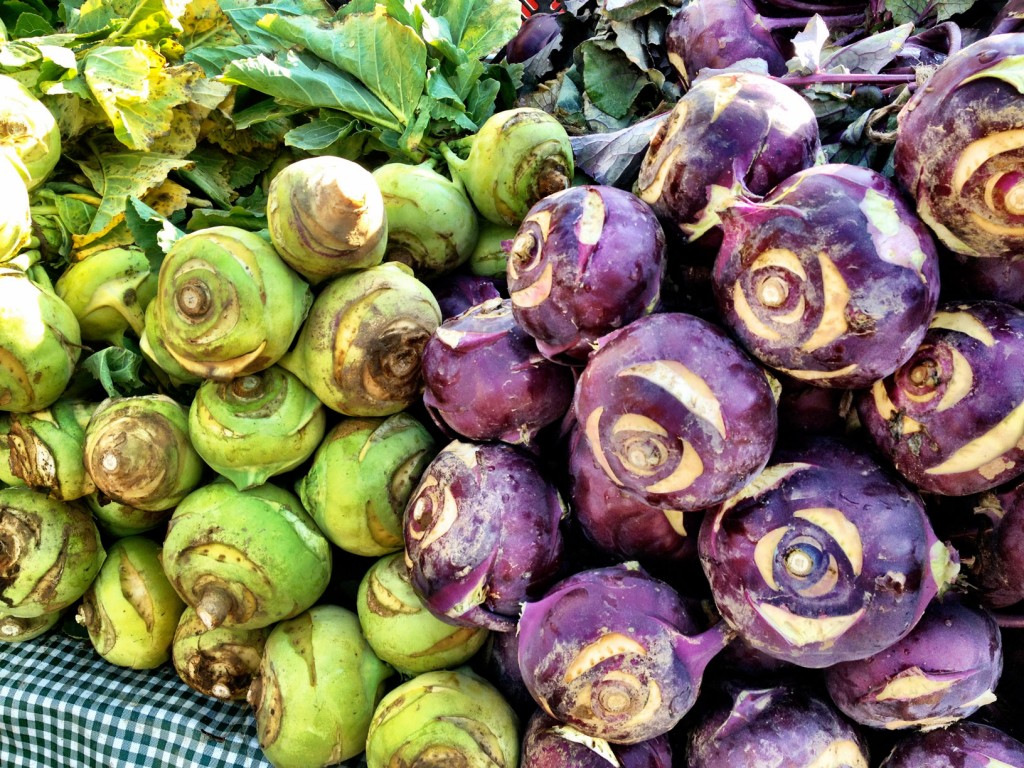
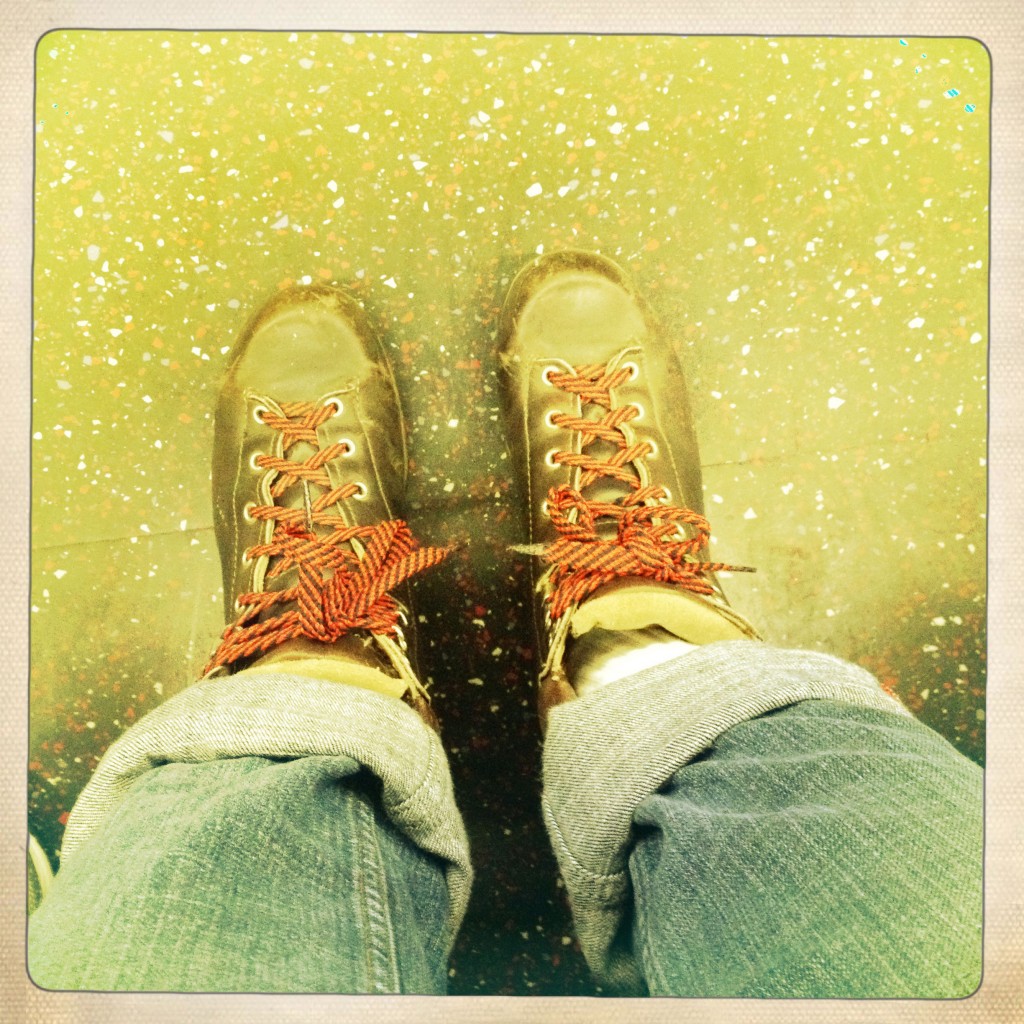
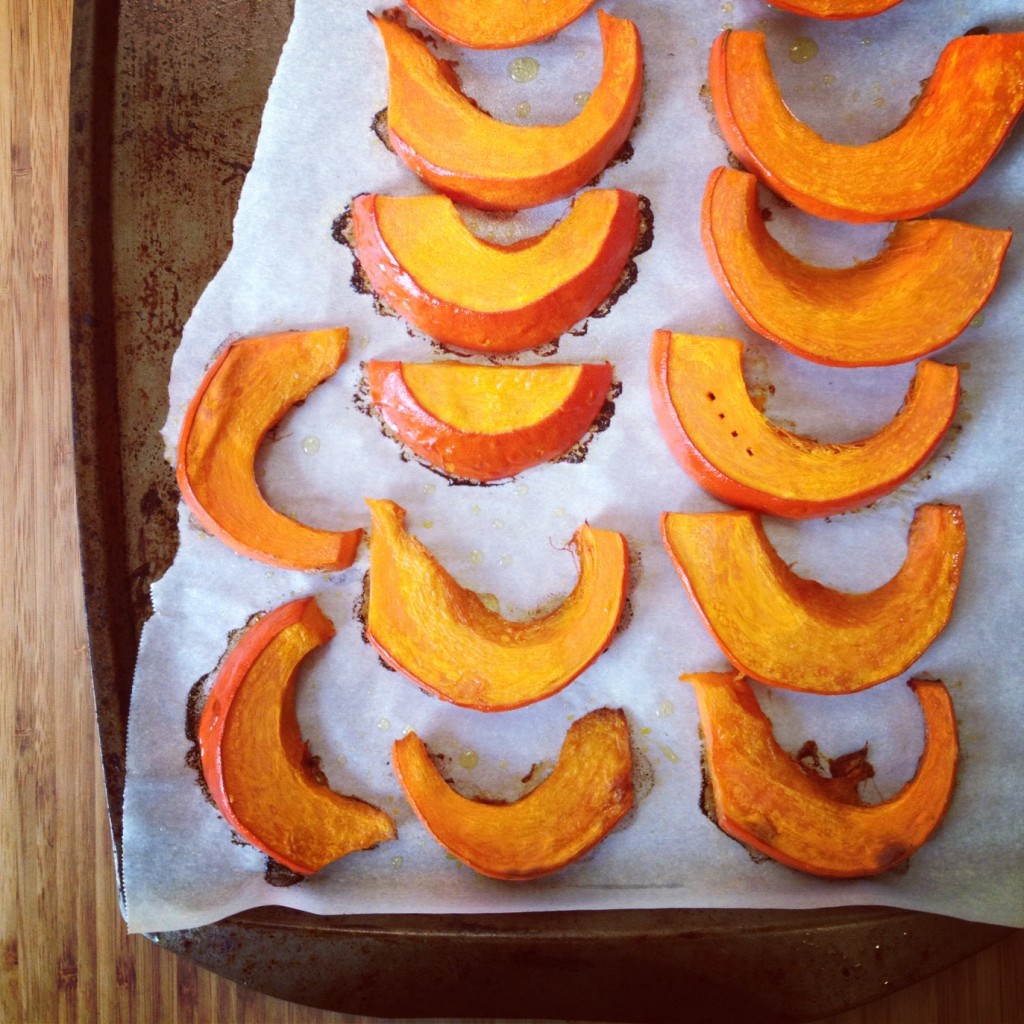
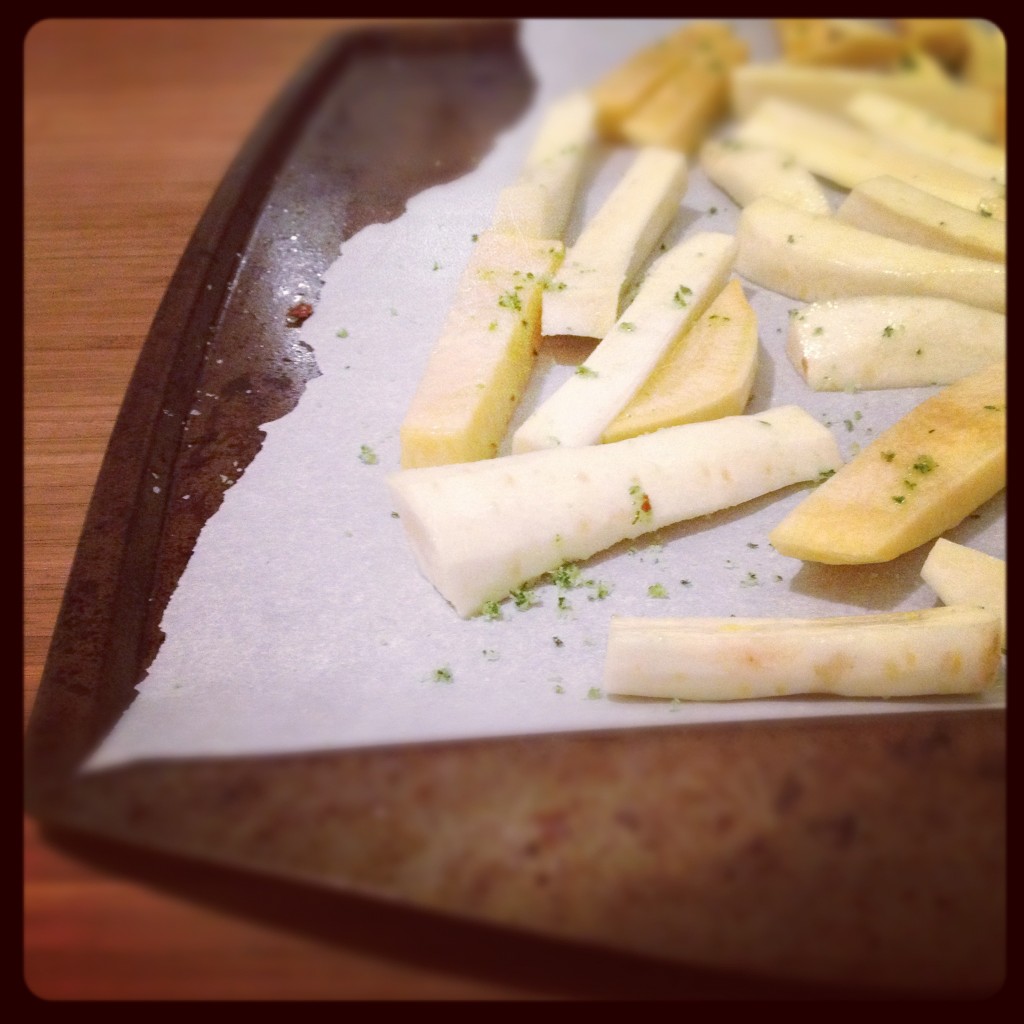
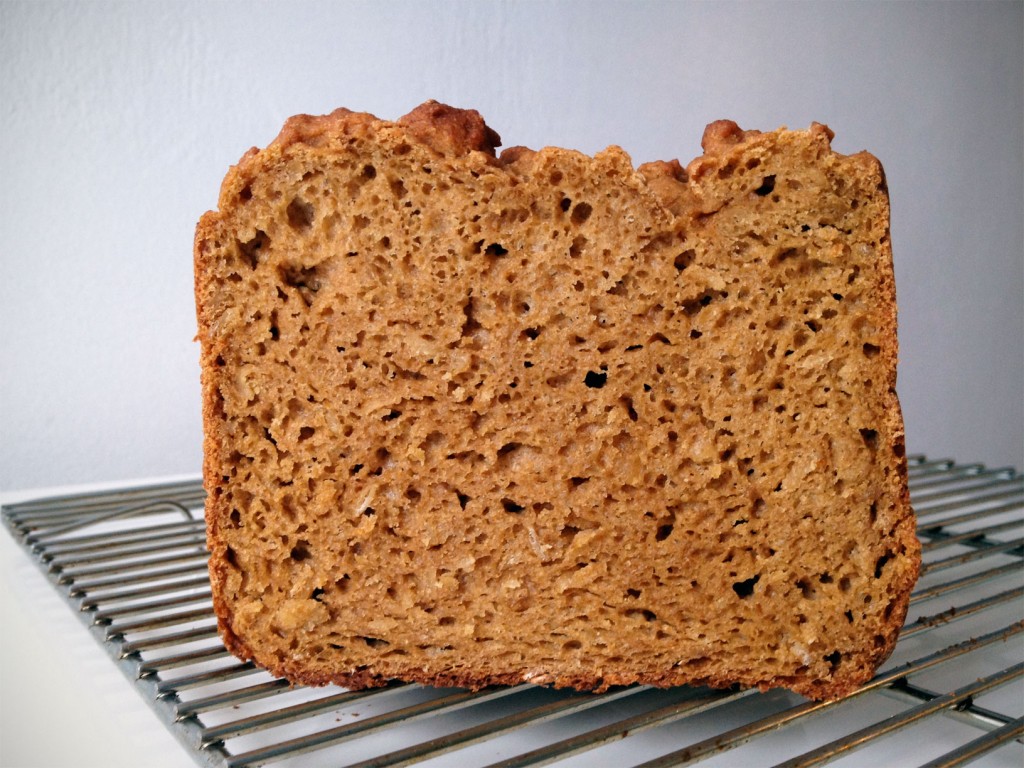
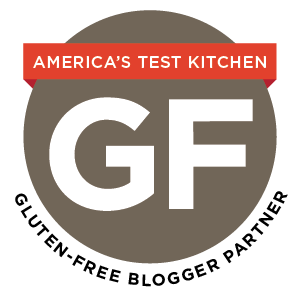

{ 7 comments… read them below or add one }
Are the oil and honey measured in cups? I am very new to baking and looking forward to trying this. 🙂 Thanks!
They are! Thanks for catching that mistake. It’s fixed now. Happy baking.
This looks amazing, and so hearty! My family loves bread. But since my son was diagnosed with ADHD we have had him on a gluten free and casein free diet. It has done wonders for him, and subsequently me as well. I used to have IBS, but now it’s gone. So trying to find good hearty and healthy breads can be tricky.
I started a blog about our journey to becoming gluten and casein free. Here is a link if you want to read it:
http://troysnewstart.blogspot.com/
Thank you for sharing!!
I tried this recipe for the first time last night for my family and extended family. I figured they wouldn’t mind being my guinea pigs. It was a HUGE hit. There are a lot of issues with being gluten and dairy free. 1) bread from the store just doesn’t taste great and sometimes it is just darn awful. 2) store GFDF bread is also void of nutrients. There are a number of wonderful whole grain gluten free flours, but they are not used in most store bought bread. 3) homemade bread can be a little tricky to make so it isn’t a brick.
I love this recipes. It is the best I’ve tried so far. I like the use of whole grain ingredients. Besides being nutritious, it is big and soft and tasty.
I made two slight changes.
I replaced the 50 g arrowroot flour = 50 g amaranth flour
and the molasses = 1 T maple syrup
I didn’t have the arrowroot so I just tried using the amaranth flour. The recipes still came out great. I don’t like molasses so I used maple syrup.
Thanks for passing along a great recipes. I am making it again right now. 🙂
Opps. My replacements were a little off. I did this:
75g gluten-free oat flour = 75g amaranth flour
50g arrowroot flour = 50g potato starch
1T molasses = 1T maple syrup
Thanks.
Hi there! Any suggestions on how to bake this for those of us who don’t have a breadmaker?
Thanks!
Hi Andrea,
Since this one is developed specifically for the breadmaker, I’d suggest finding a recipe like this one that is meant to be baked in a pan http://www.hipgirlshome.com/blog/2011/3/7/bread-for-the-people-a-gluten-free-white-loaf.html
{ 4 trackbacks }